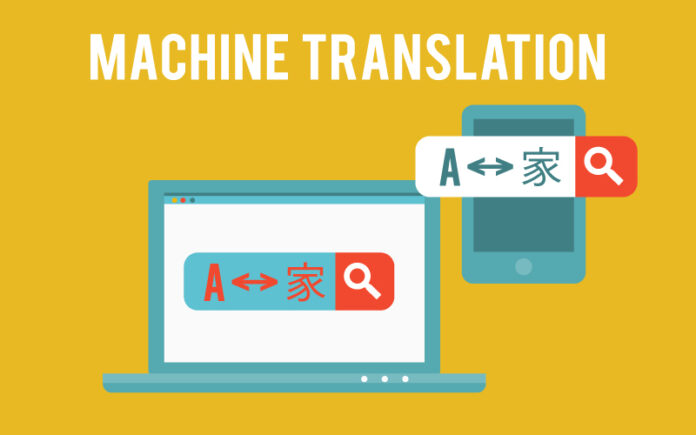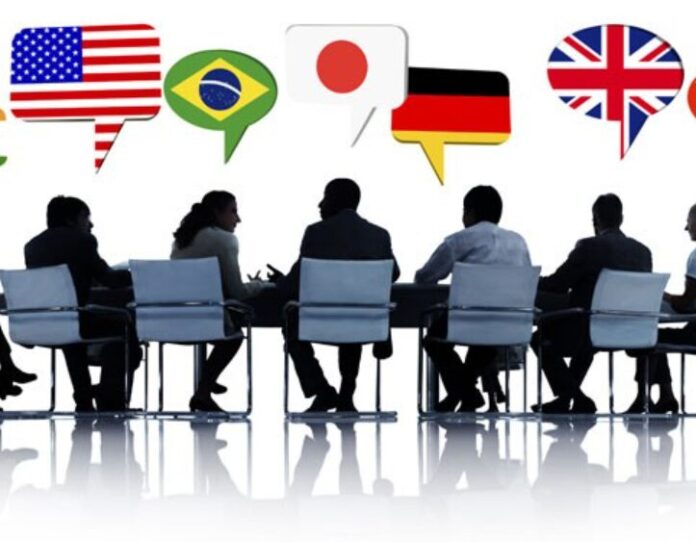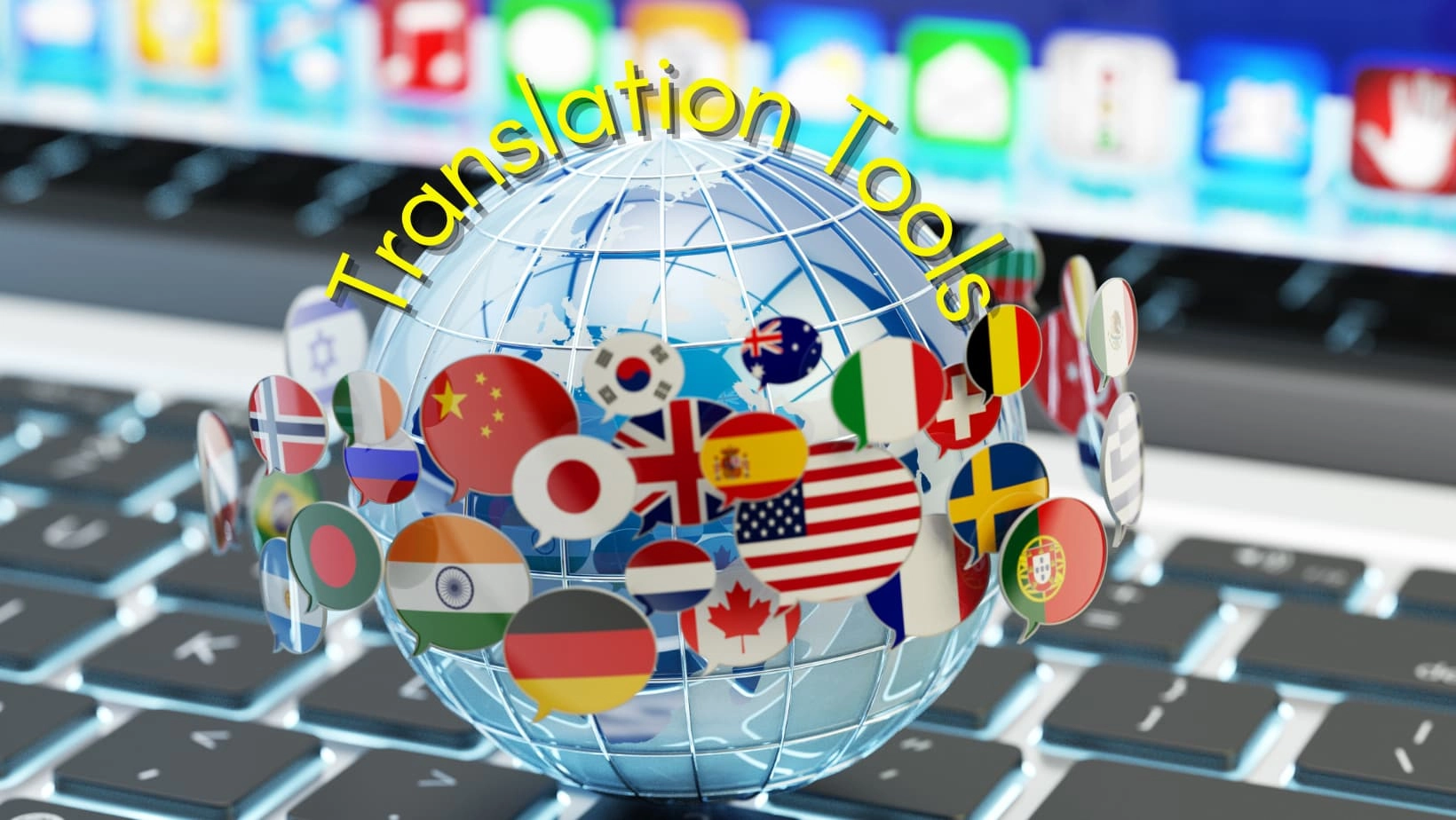Accurate translation can make or break any project, especially when dealing with complex documents. Mistranslations can lead to significant consequences, including legal issues, misunderstandings, or even financial loss.
When faced with technical, legal, or highly specialized documents, attention to detail and specific strategies can ensure you get the job done accurately. Each translation project requires unique approaches, tools, and expertise.
Key Points:
- Use specialists for complex subjects.
- Always understand the purpose of the document.
- Avoid machine-only translations for complex texts.
- Proofread by native speakers.
- Pay attention to cultural nuances.
1. Use Specialists for Complex Subjects

When translating difficult documents, always use a translator who is familiar with the specific field. Whether it’s a medical report, legal contract, or scientific paper, specialized knowledge ensures accuracy. Translators without the right background may not understand technical terms or context, leading to errors that could have serious implications. A person familiar with legal systems, for instance, can translate legal jargon and references correctly.
Consider translation services Australia based, Absolute Translations, which offers specialized services for various industries. Their team tailors translations to suit specific industries, ensuring precision in technical, scientific, or creative projects.
For those working on legal contracts, using a translator with a background in law can prevent misinterpretations. They can understand legal nuances that an ordinary translator might miss. The same goes for technical manuals or medical reports. A technical translator will know the proper terminology to use, making the document readable and usable by the intended audience.
2. Always Understand the Purpose of the Document
Before starting any translation, clarify the purpose of the document. The purpose informs the tone, style, and structure of the translation. For example, translating a user manual requires precise, straightforward language. On the other hand, translating marketing materials demands more creativity to engage the audience.
Knowing the purpose also helps in adjusting cultural references and idioms that may not translate well. If the document is for legal purposes, maintaining the original legal meaning is vital. For documents meant for public consumption, you need to ensure the translation resonates with the target culture and audience.
3. Avoid Machine-Only Translations for Complex Texts

Relying solely on machine translations can be risky, especially for complex documents. While machine translations can help with quick translations of simple text, they struggle with nuanced language and technical terms. Machines may miss cultural references, idioms, or complex sentence structures. They also lack the ability to adapt the document’s tone to suit the target language.
Always use a human translator to review machine translations, especially when accuracy matters. For example, a legal document translated using only a machine might not catch subtle legal terms. A human translator with legal expertise will ensure that the translation respects the legal context and meaning.
4. Proofread by Native Speakers

Once a document has been translated, always have it proofread by a native speaker. Even experienced translators may overlook cultural nuances or awkward phrases. A native speaker can refine the translation, ensuring that it flows naturally and sounds professional.
Proofreading by native speakers also helps catch any potential misunderstandings in technical terms, idioms, or legal jargon. In technical fields, using a native speaker with industry knowledge adds another layer of accuracy. They can spot terminology that is outdated or incorrect.
In legal translations, a native speaker familiar with the target country’s legal system ensures that the final document adheres to local laws and customs. This step prevents any legal complications that could arise from poor translation.
5. Pay Attention to Cultural Nuances
Cultural differences can create challenges in translation. Words or phrases that work in one culture may not have the same meaning in another. When dealing with sensitive topics like legal or medical documents, these nuances become even more important.
For instance, legal systems differ from country to country. A term used in one country’s legal system may not exist in another. Translators must adjust the text to align with the legal framework of the target country.
6. Avoid Literal Translations

A common mistake in translating difficult documents is translating word for word. Literal translations often lead to awkward or confusing sentences that do not convey the intended meaning. Instead, focus on conveying the essence of the text in a way that makes sense in the target language.
In legal documents, literal translations can be dangerous, as small changes in phrasing can alter the legal meaning. Similarly, in technical documents, word-for-word translations may not capture the intended technical concepts. Translators must adapt the text to ensure it conveys the same meaning as the original, even if the words change.
7. Break Down the Document into Sections
When faced with a long or complex document, breaking it down into sections makes the task more manageable. Translating small sections at a time helps maintain focus and prevents mistakes. It also allows for more thorough review and editing, as translators can focus on one part of the document before moving on to the next.
In legal documents, translating section by section ensures that each part maintains its legal integrity. Similarly, in technical documents, breaking the text into smaller parts helps maintain clarity and consistency.
8. Choose the Right Tools

Translation tools can assist with accuracy, but choosing the right ones is key. Tools like translation memory software can help maintain consistency, especially for large or ongoing projects. They store previously translated phrases or terms, allowing translators to use the same wording in future translations.
However, remember that tools cannot replace human expertise. They should be used as an aid, not a substitute, for professional translation. Tools help with consistency and speed, but only human translators can capture the nuances and context of complex documents.
Conclusion
Accurate translation of difficult documents requires a combination of specialized knowledge, attention to detail, and collaboration. Whether working on legal contracts, technical manuals, or medical reports, using the right strategies ensures that the translation is both accurate and meaningful.
By using specialists, understanding the document’s purpose, and collaborating with experts, you can achieve high-quality translations that maintain the integrity of the original text.









